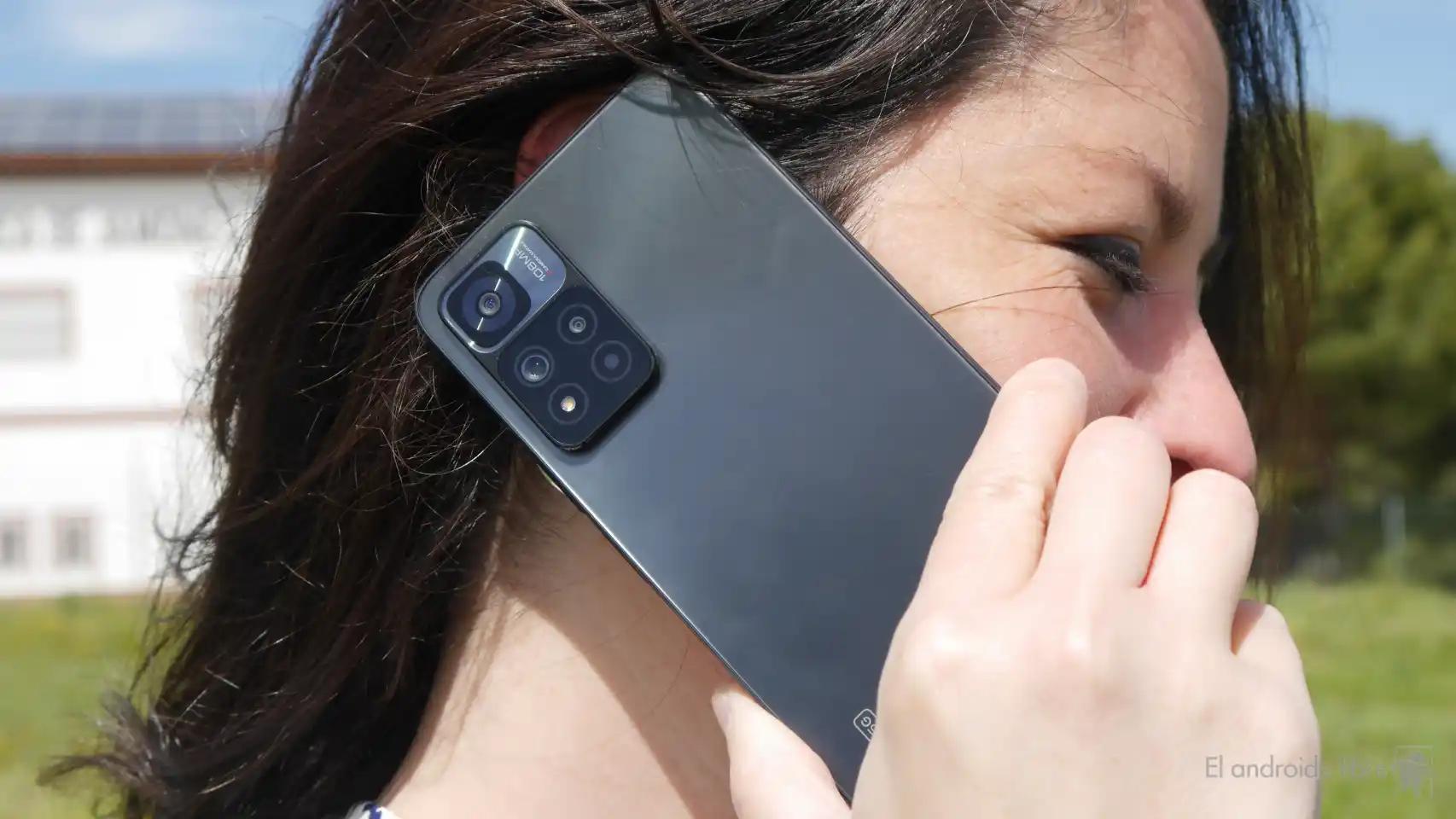Many of us may remember a rather striking button that became popular in the 90s on almost all PCs. We are talking about the well-known “Turbo”, a small button which, although it had a lot of marketing, it also had its raison d’être and its usefulness.
A button that never arrived on Macs, but is still present in many of them in a much more discreet way. A button which, as its name suggests, allows even more speed for the PCs of the time. Perhaps excessive speed for the time, although today it is lower than many iPhones can offer us.
What Happened to the “Turbo” Button That (Never) Happened on Mac
In the mid-1980s, it seemed that all computers were the same. Until Apple asked “Who likes beige?” years later, the PCs of the day had to find a way to distinguish themselves from the almighty IBM
IBM was working with 4.77 MHz Intel 8088 chips when Eagle Computer released the Eagle PC Turbo line which featured an 8 MHz Intel 8086. It was one of the first computers to include the Turbo button, and the reason was none other than compatibility. Applications, especially games, that had been created with 4.77 MHz in mind, didn’t work well at 8 MHz.

Eagle PC Turbo
For certain titles, as we recall in Xataka, the the game was running so fast that users couldn’t enjoy it. And that led the brand to create a switch to slow down the computer. An ideal button so that all old software, which was not yet updated, can work properly. Of course, they didn’t call the button “Slow”, but they called it “Turbo” and, incidentally, they implemented a great marketing tool to improve their sales.
From the Eagle PC Turbo, it went to many other manufacturers, but never to Macs which, at the time, the 90s, were very far from Intel. The button didn’t arrive, but the concept arrived. In 1985, the possibility of Apple making the jump to Intel began to be considered.. In 1992, more precisely in February, Apple made its first attempt with the Star Treck project, which consisted in adapting the Mac OS System 7 for Intel.

The team has fulfilled its role, but the departure of John Sculley as CEO and the arrival of Michael Spidnler, who dedicated its resources to switching Apple to PowerPC chips They completely truncated the project. When Steve Jobs returned to the company, with the purchase of NeXT in 1997 and its NeXTSTEP operating system, efforts resumed and finally paid off at WWDC 2005, when Steve Jobs announced the switch from PowerPC to Intel.
Some Intel which, although they are no longer part of the Mac catalog at Apple, continue to use the Turbo concept. Since 2008, Intel’s Core i3, i5, i7 and i9 have been equipped with Turbo-Boost. A technology that allows increase the CPU clock frequency the same way you did by pressing the Turbo button on computers from the 90s.
A turbo that gave better performance and more computing power for those times when all the available power is needed. Yes, because the computer then became hot enough to its fans look like jets from an airplane about to take off, we could also talk, although that is another story. The good thing is that they did it without having to move the throttle or press any “Turbo”.
In Applesphere | Musk on Twitter and almost every major tech company is laying off en masse. Here’s how Steve Jobs faced it when he returned to Apple








